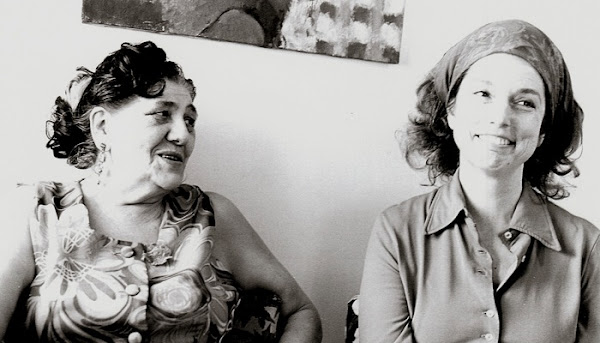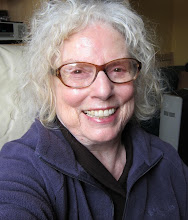I am going through my Machvaia files and looking for something inspiring I might write about. Also, throwing away old material I have no use for anymore. It's a good and freeing feeling to get rid of stuff. Always, in America, one is haunted by stuff, and cajoled to buy more stuff, and having a hard time to find misplaced stuff because there is so much stuff. Now that I have Church of Cheese published, I can toss away many pages of paper stuff.
But this, recorded in 1968, I will keep and share with my bloggers.
When we met, Lola and Bahto, the Machvaia parents of nine grown children, hadn't lived together since Bahto left Lola for another woman many decades earlier. Bahto now lived with his son, and Lola was on her own. Lola admitted he had proposed they get back together some years earlier, but she refused.
Bahto was older than Lola by maybe twenty years and, when he died, she told me about the post-death year when the Dead One comes to visit. Most of the Machvaia are more afraid of ghosts than anything else, but Lola never was, or so she said. "After Dinah (her daughter) died, I was never afraid of ghosts." She seemed quite tranquil about the times she "saw" Bahto, and rather smug that it was the ritually correct number, three.
Lola: Once I saw him (Bahto) in his trunk (coffin) when I was living on Linden Avenue. I was sitting on the sofa, looking out at the traffic, and then I looked at my room and saw him. I felt a little scared -- no don't write that. I was startled, not scared. Then he was gone.
Another time he showed up and I asked him where the money was. He said he couldn't tell me, but I should ask Miller (their son) where it was. Miller told me he wished he knew.
The last time, I was in my ofisa (business office for fortune telling) and someone rolled a big rug in on the floor. Then they tacked another on the outside. That's bad, you know, a rug (where you walk is polluted). Then the Old Man (Bahto) came in and didn't say anything.
So I left and went to town to shop and when I came back, the rugs and the Old Man were gone. That's good. It means he took away all the heaviness, the bad luck, and the sorrow.
Monday, August 9, 2010
Thursday, August 5, 2010
Seattle in summer
Seattle, in summer, is a most agreeable city. Sun shadows flicker a changing green through the maples outside and onto the wall of my apartment. The light is long; in the evenings, I sit on the deck and read The New Yorker. Doors and windows open, we all share the music, the cacophony and motion of the passing cars, intriguing bits of conversations. Here, near the University, the parking strips are dotted with "free" furniture that recycles, and comes and goes, as students come and go. Sun warms up smiles, clouds dissolve into puffs, and we are released from the bondage of winter jackets. Fleece could have been invented for the purpose of comfort during the many damp Seattle months. But summers I wear cotton, my California clothes, the flowered pajama bottoms, T-shirts, sunglasses, plastic earrings, shorts, and tan my legs. On blue sky days, driving over the hills, the stark snowy peaks to the west, the Olympics, and the east, the Cascades, cradle the city in fingers of epic proportion. I lived here once before and who would have guessed that featureless and forbidden Sandpoint Naval Air Station would transform into a park with tide pools, a parade of orca sculptures, public boat dock, a field for ground-nesting birds, and a lake clean enough for salmon? Organic blueberries, peaches, and sweetly pale Rainier cherres are in season and then quite quickly gone. Over too soon, that's summer in Seattle.
Subscribe to:
Posts (Atom)



